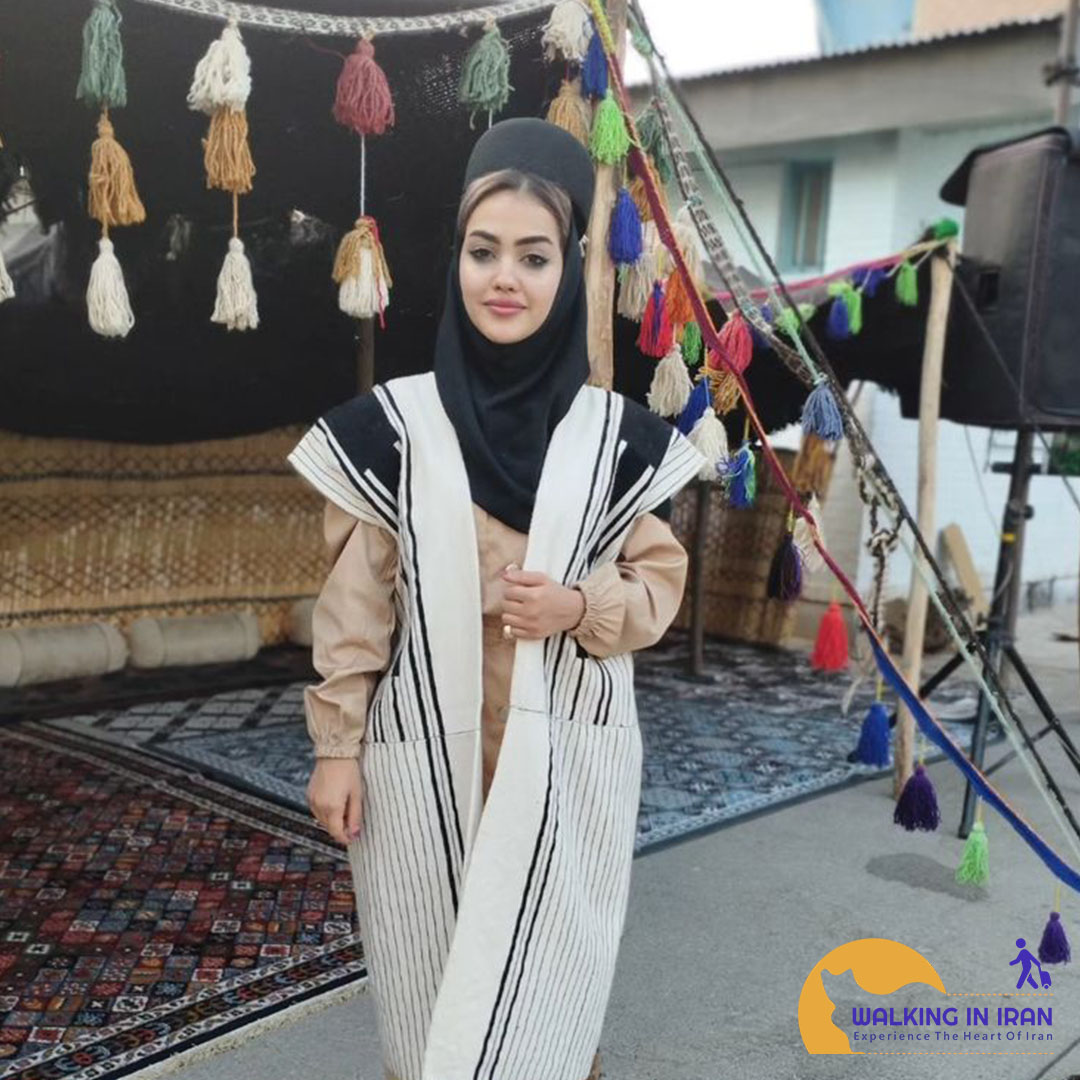The Art of Black Tent Weaving: A Valuable Heritage of Iran’s Nomadic Civilization
Black curtain weaving is one of the most valuable traditional arts of Iran, which is rooted in the ancient history and rich nomadic culture of this land. This art is a symbol of human adaptation to nature and a symbol of nomadic life.
History and geographic distribution
Black tent weaving has a long history in Iran and has been popular in many nomadic areas of the country. Using these light and portable structures, the nomads moved and adapted their lives to nature. Nomadic regions such as Kurdistan, Lorestan, Fars, Kerman and South Khorasan are among the regions where black tent weaving has taken root.
Raw materials and production process
The main raw material for black tent fabric is goat hair. Goat hair has been the best option for making these structures due to its high resistance to different weather conditions. The black tent production process includes the following steps:
Preparation of goat hair: goat hair is washed, cleaned and then spun.
Weaving of boards: The spun hair is stretched on the weft and woven into boards.
Stitching the boards: The woven boards are sewn together to form a complete black tent.
Designs and roles
Although black tents are mostly black in color, some tribes create simple patterns on them using white or colored threads. These designs are usually symbolic and related to tribal culture and beliefs.
Uses and importance of Black Tent
Housing: The main use of black tent is as housing for nomads.
Clothing: some nomads use black tent wool to make clothes.
Handicrafts: Black tent and its parts are sold as handicrafts and souvenirs.
Black tent weaving is not just a handicraft, but a symbol of a lifestyle, culture and history. This art reminds us of the importance of preserving the environment, self-sufficiency and human connection with nature.


